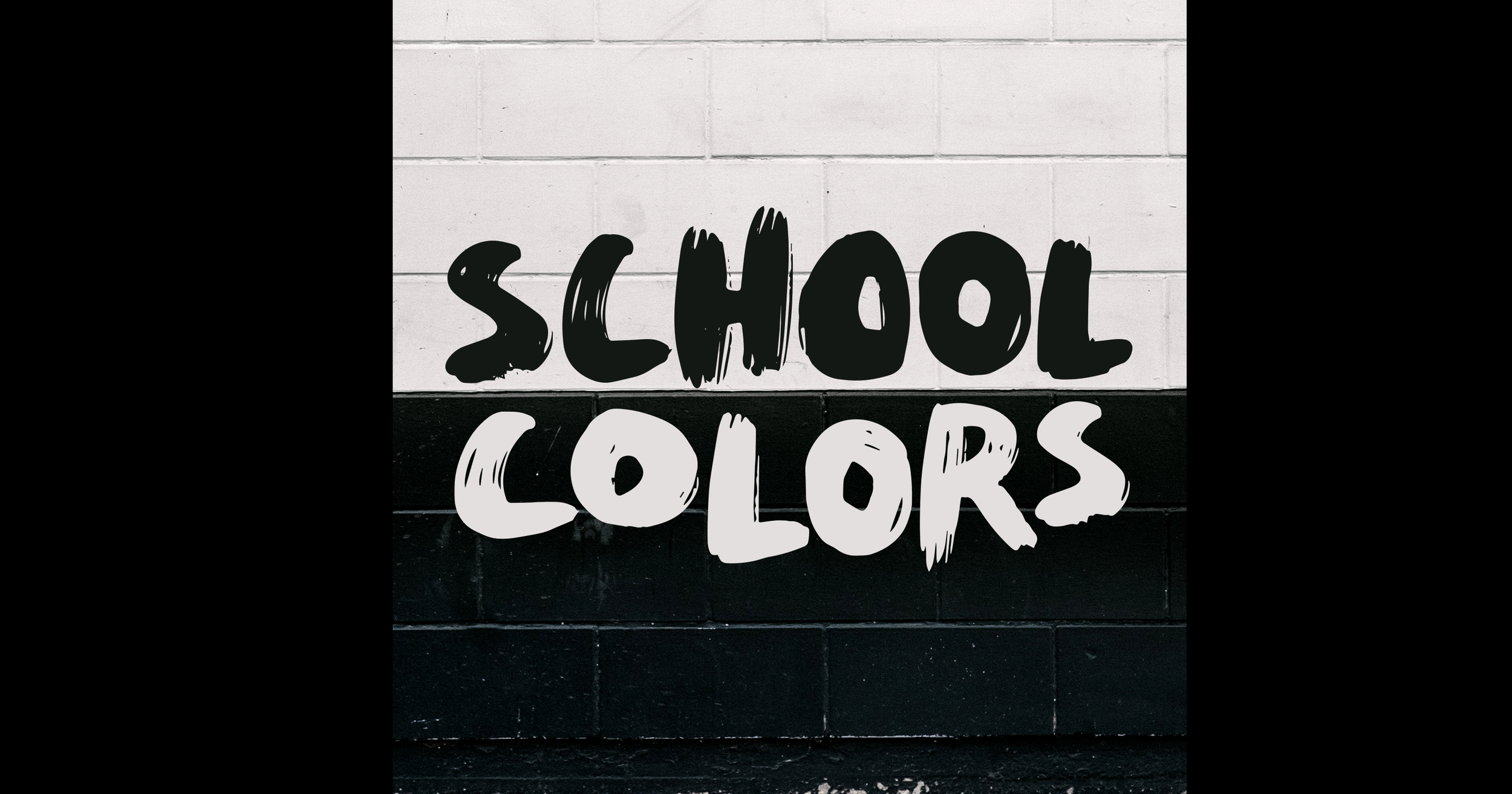
School Colors
Podacast by Mark Winston Griffith and Max Freedman
Season one of the School Colors podcast covers the history of Ocean Hill-Brownsville in Brooklyn where Black and Puerto Rican parents tried to exercise power over their schools and they collided head first with the teachers’ union — leading to the longest teachers’ strike in U.S. history in 1968.
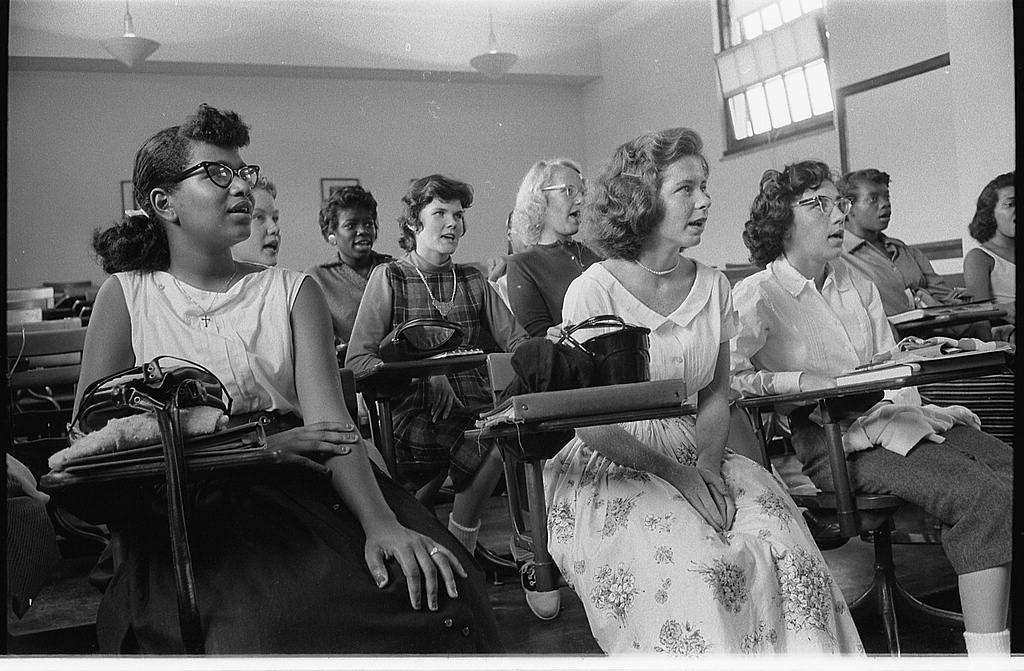
Introduction: Desegregation
Introduction
Throughout U.S. history, communities of color fought for their right to equal access and for human dignity and equity. Desegregation in public schools, transportation, and other accommodations was more than court cases and legal victories. Desegregation was a long struggle led by students, parents, and every day citizens. . . . They were not interested in integration, or the desire to mingle socially or otherwise with whites, but to break and reconstruct institutions that forced people of color into positions of poverty, illiteracy, and political powerlessness.

The March on John Philip Sousa: A Social Action Project
Teaching Reflection by Elizabeth A. Davis
Students fight to save a historic D.C. school building that was part of the Brown v. Board of Education court case.
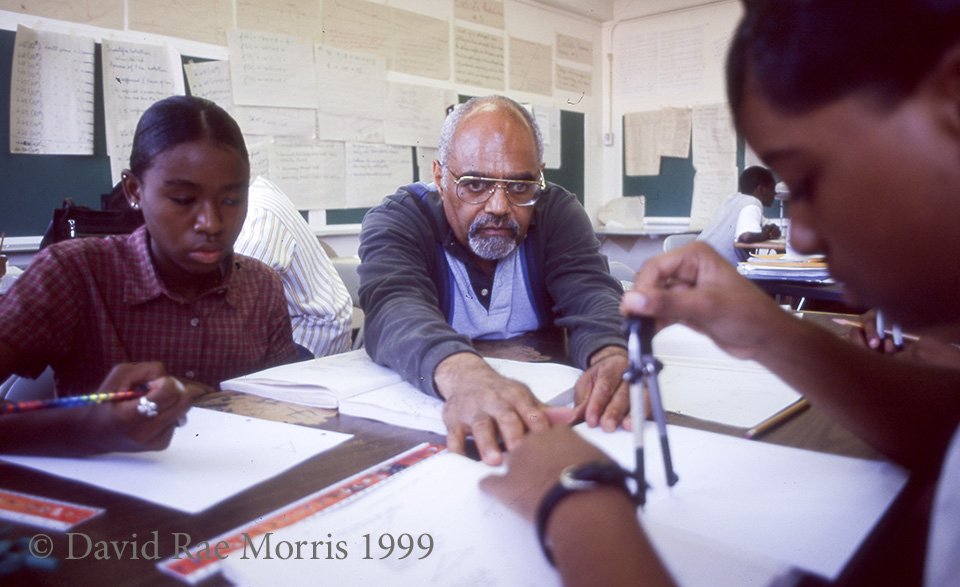
Radical Equations: The Algebra Project Drawing on the Past: The Roots of Our Movement
Reading by Charles E. Cobb and Bob Moses
The Algebra Project draws on the organizing tradition of the Civil Rights Movement to help young people find their voice and achieve math literacy.
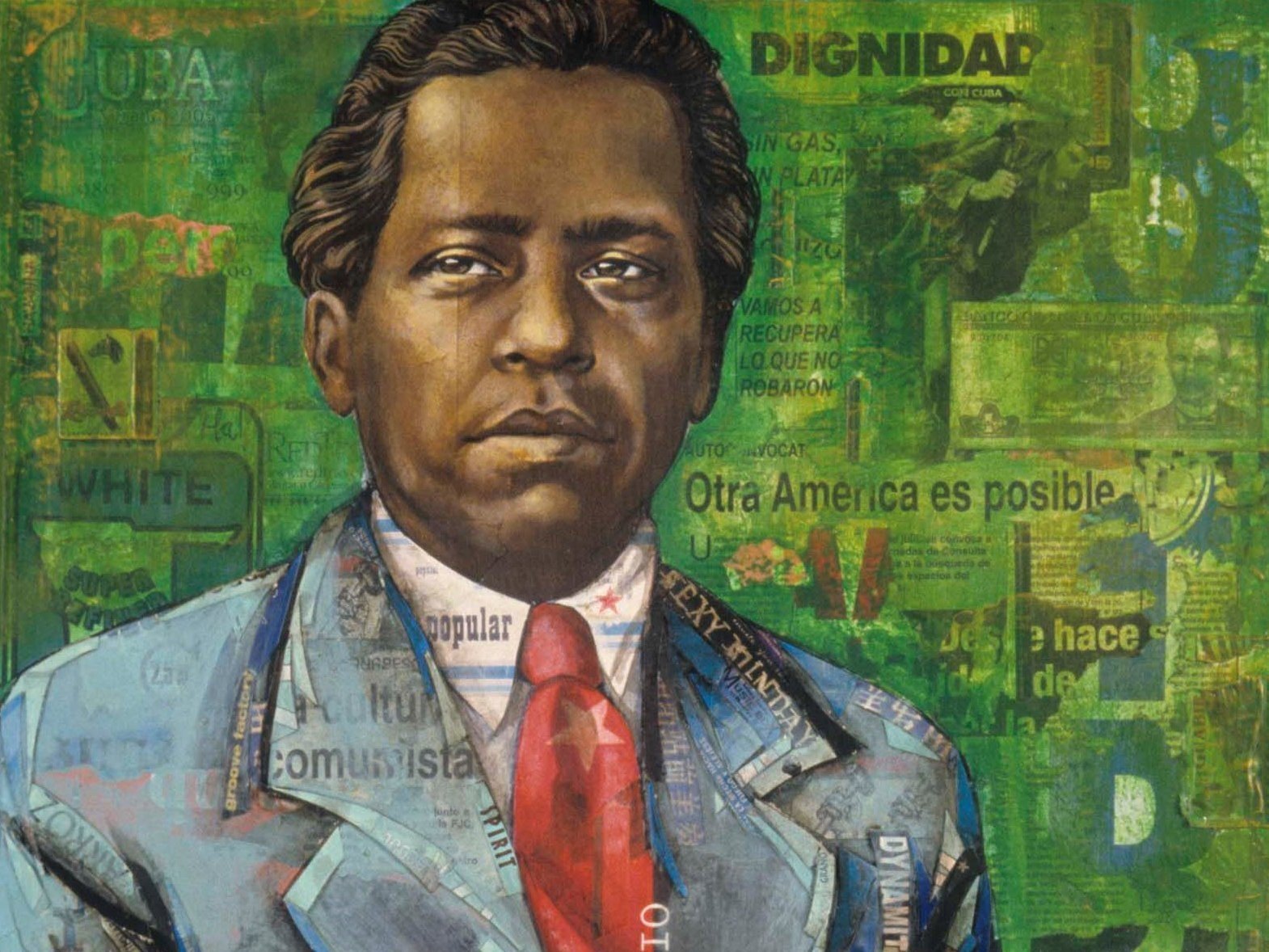
Nicolás Guillén: The Struggle against Two Racisms
Reading by Carmen Gómez García
In this essay, excerpted from a chapter on the history of Cuban social poetry, Gómez García introduces the reader to Guillén’s poetry about racism in the United States. This is an ideal text for classes on poetry, Spanish, 20th-century U.S. history, and Latin American history.
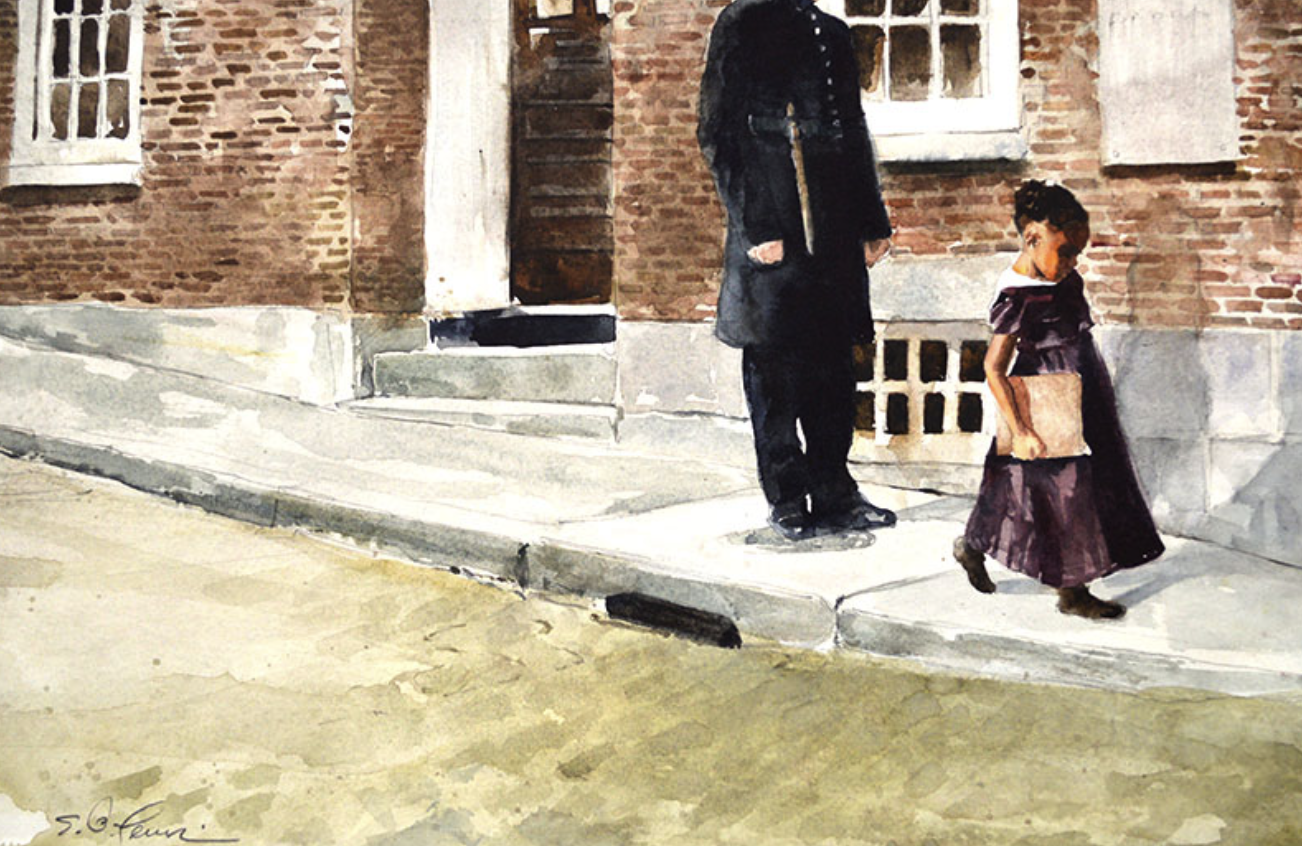
Key Issues in Race and Education Timeline
Reading by Akashi Kaul, Andrea Guiden Pittman, and Jenice L. View
A timeline highlighting key moments in the history of race and education.

Exploring the History of Freedom Schools
Lesson by Deborah Menkart and Jenice L. View
This lesson uses primary documents to introduce the history and philosophy of Freedom Schools. The lesson is inquiry-based, hands-on, and engages students in critical reflection. Therefore, students learn about Freedom Schools not only from the readings, but they also experience the pedagogy.
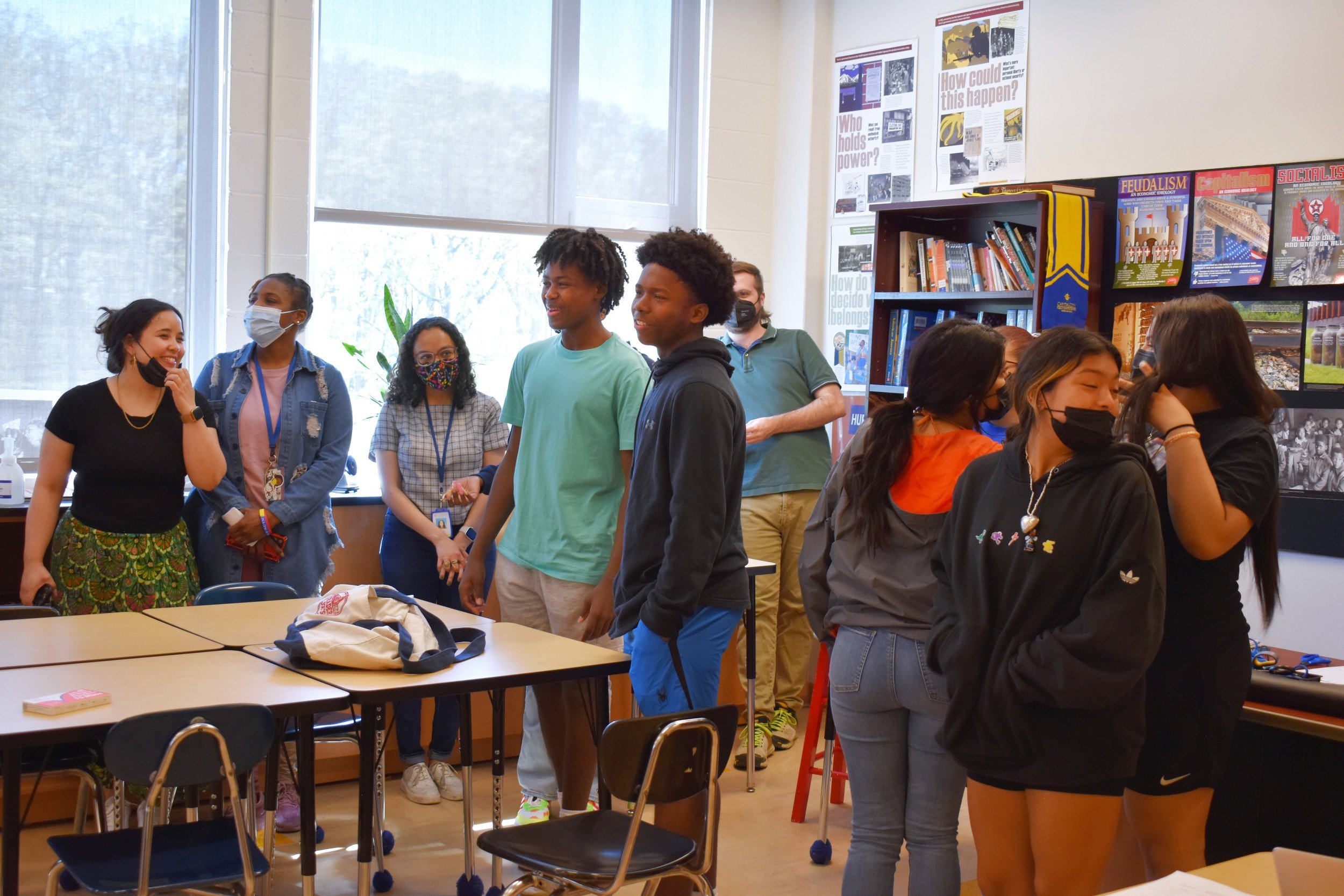
High School Students Lead Interactive Youth Justice Summit
Teaching Story by Erika Landberg and Vanessa Williams
The annual Youth Justice Summit at Capital City PCS in Washington, D.C. included six sessions of youth-led workshops on a variety of social justice topics including book banning, the impacts of gentrification, gun violence, disability and policing, and climate justice.
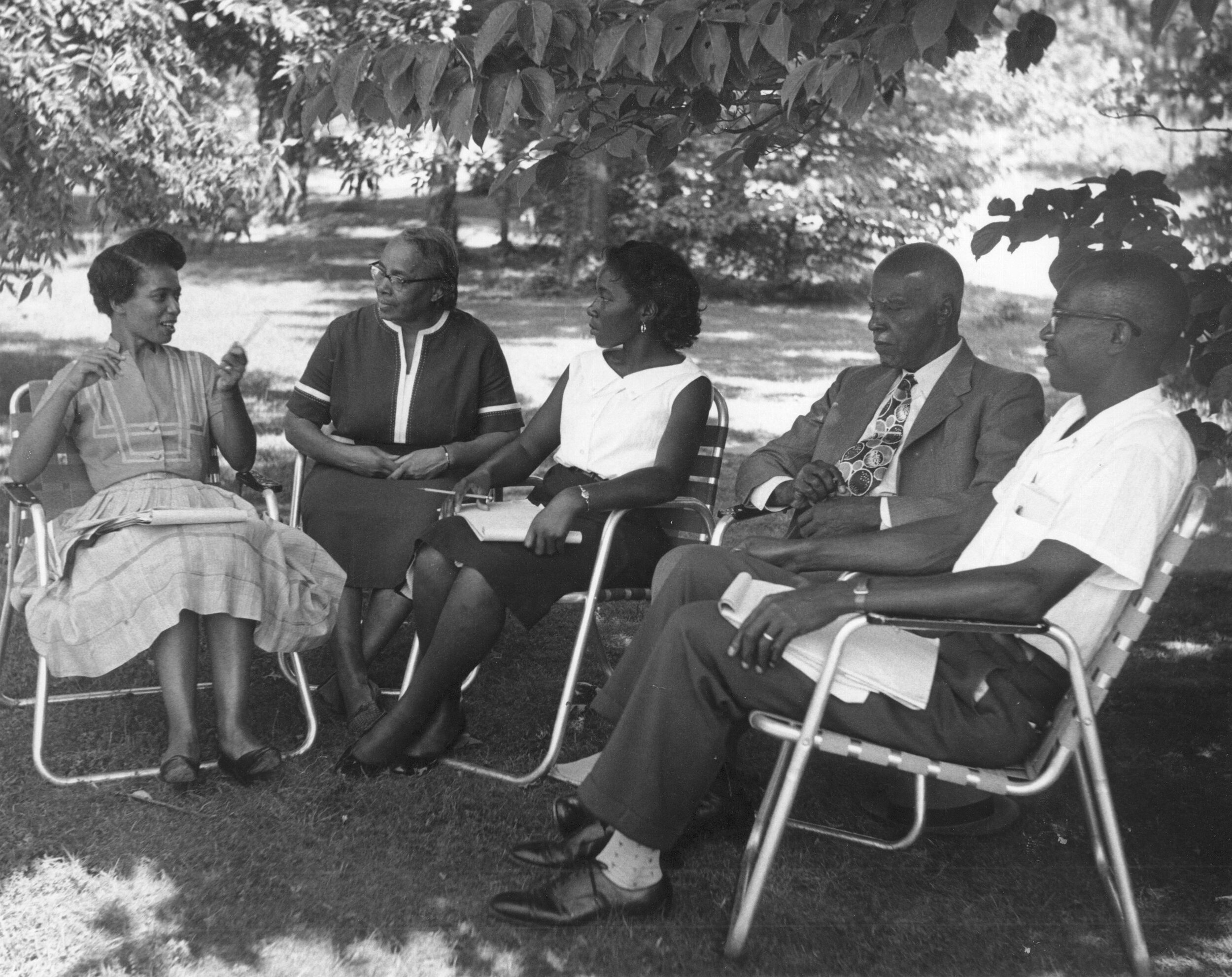
Literacy and Liberation
Reading by Septima P. Clark
The role of freedom schools and the Highlander Center in breaking down barriers and building leadership in the African American community.
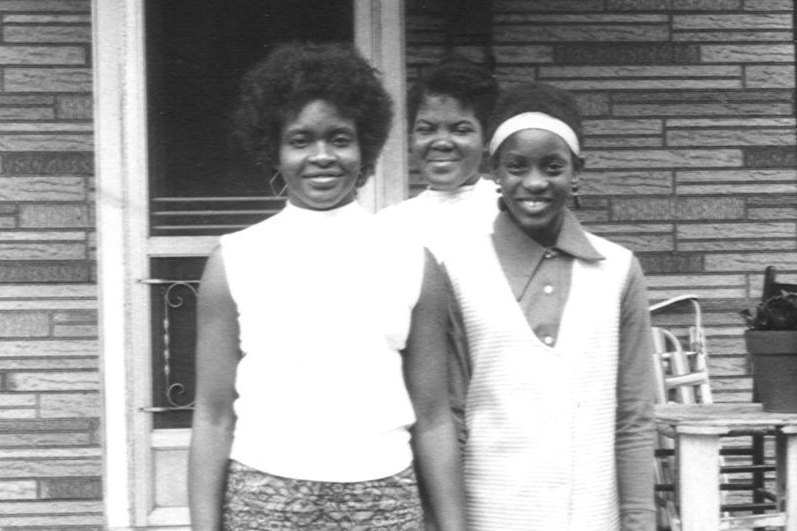
Soul Power and the People
Reading by Jenice L. View
Essay recalling memories of school desegregation in 1968 Washington, D.C.

A School Year Like No Other, Eyes on the Prize: Fighting Back: 1957–1962
Lesson by Bill Bigelow
Students write poetry or prose in reaction to viewing "Eyes on the Prize: Fighting Back 1957-62" and two readings.
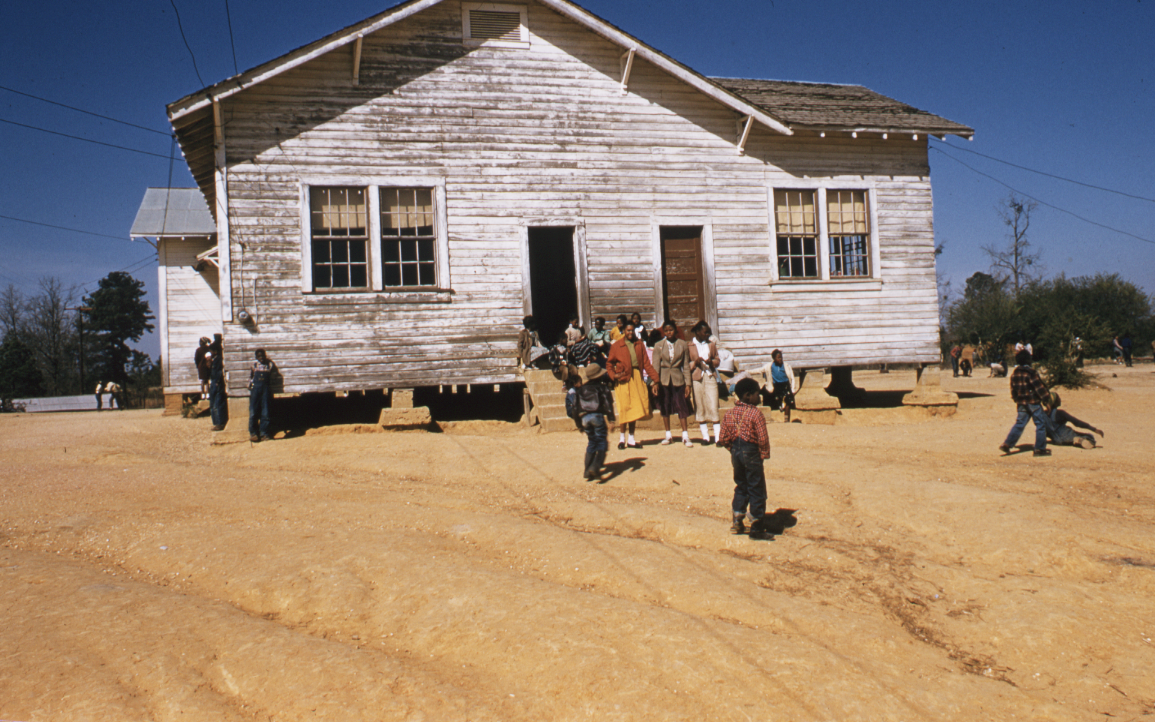
Gallery Walk on the History of Education in Mississippi Through the Lens of Race
Lesson by Julian Hipkins III and Deborah Menkart
Using textbook excerpts, data, quotes, legislation, and images, this gallery walk begins pre-Mississippi in the ancient city of Timbuktu, moves through Reconstruction and Jim Crow, and carries on to present day issues.
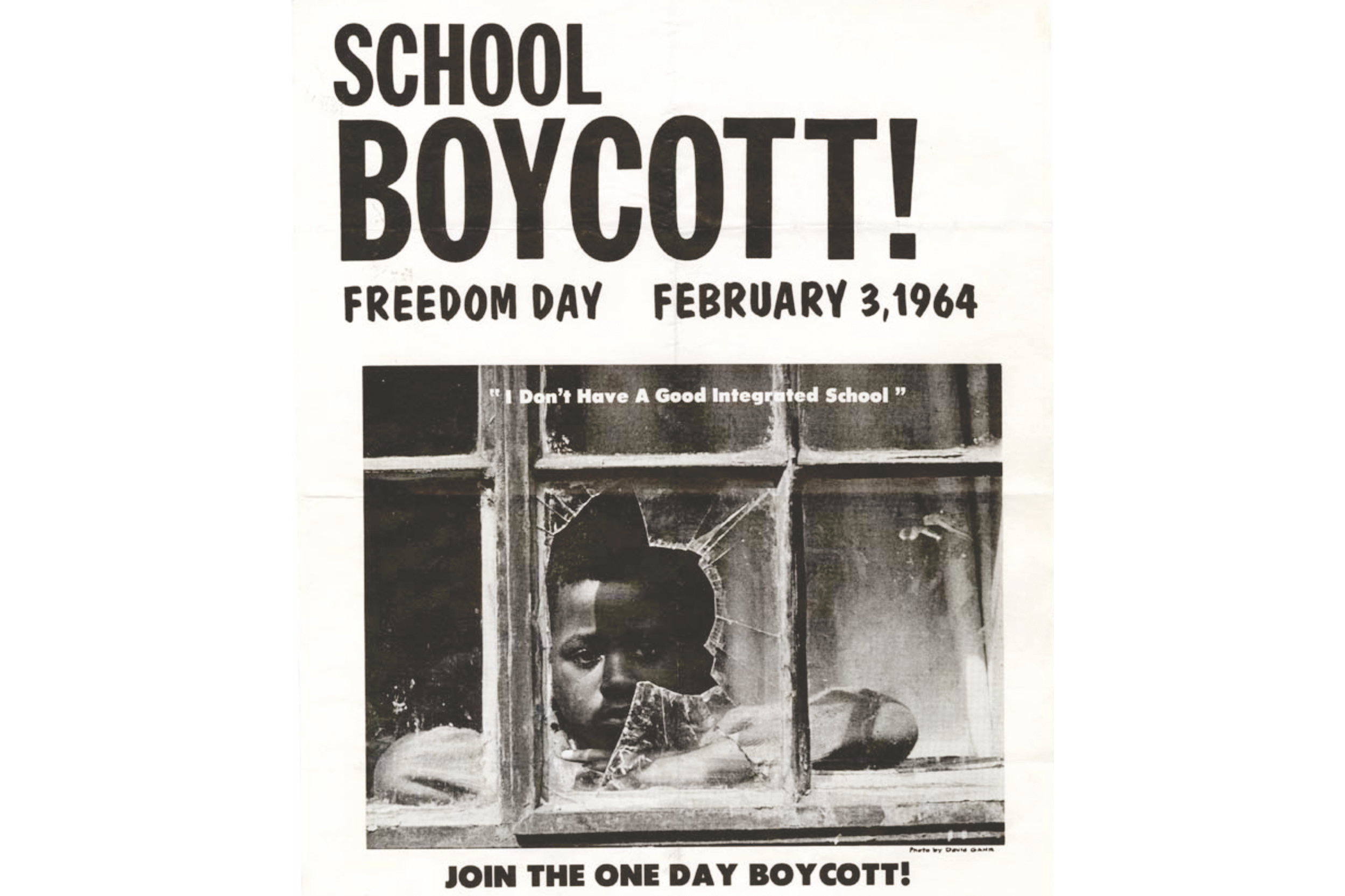
Teaching the 1964 New York City School Boycott
Teaching Reflection by Adam Sanchez
The largest civil rights protest wasn’t in the South, it was in New York City in 1964 when hundreds of thousands of students stayed home to protest school segregation. Here’s how today’s students reacted to a lesson about this historic boycott.
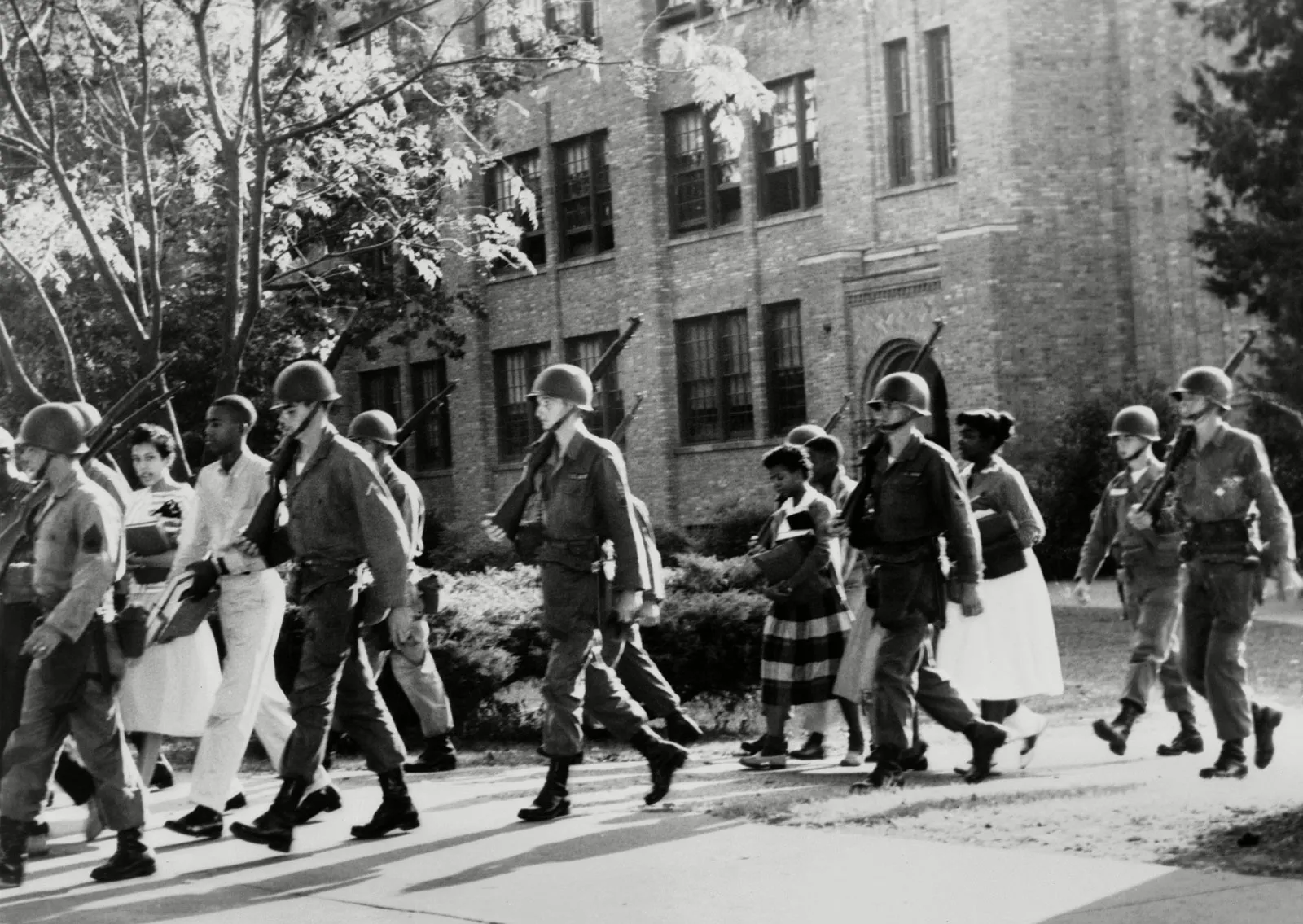
Warriors Don’t Cry: Connecting History, Literature, and Our Lives
Lesson by Linda Christensen
A unit designed to help students practice behaving as allies. Students read Warriors Don’t Cry: A Searing Memoir of the Battle to Integrate Little Rock’s Senior High, then create and act out scenes from their own experiences where people act as allies, victims, perpetrators, and witnesses.
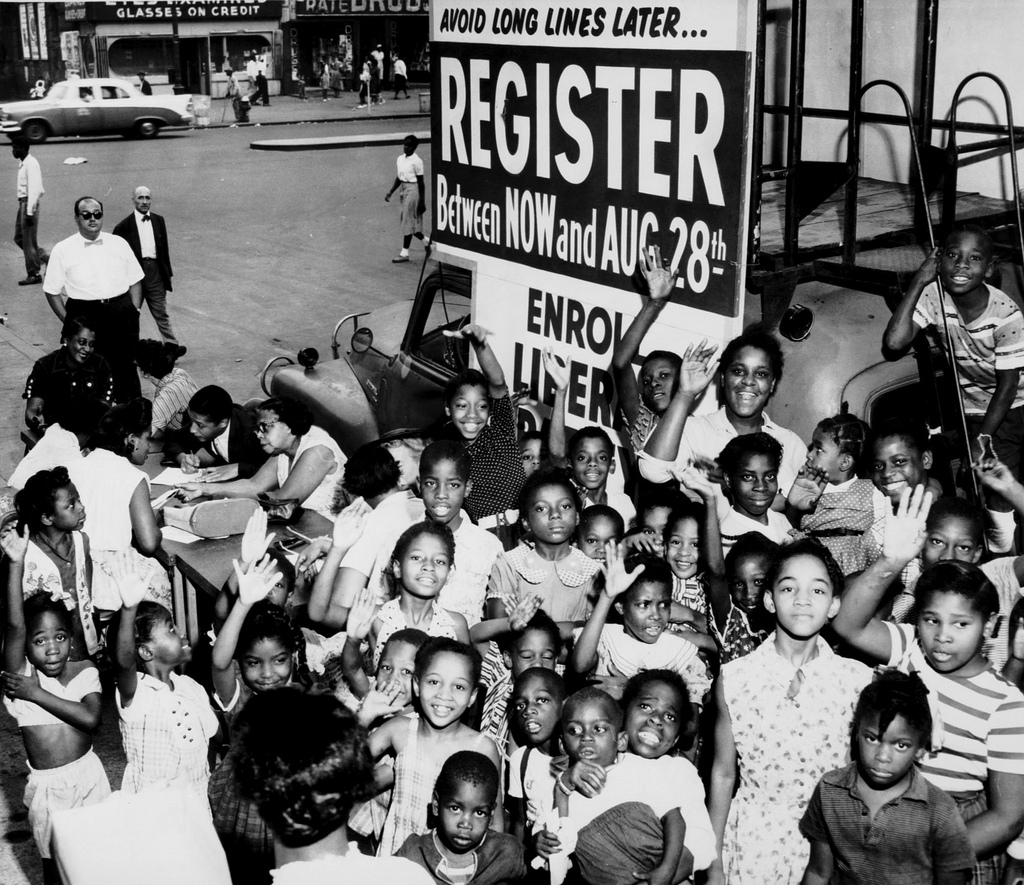
Voting Rights Act: Beyond the Headlines
Reading by Emilye Crosby and Judy Richardson
Key points missing from most textbooks about the Voting Rights Act. Many textbooks approach the history of this important legislation through a top-down lens that gives most of the credit to President Lyndon Johnson, along with Dr. Martin Luther King Jr., but the VRA came into being through intensive organizing and activism spearheaded by the Black community.
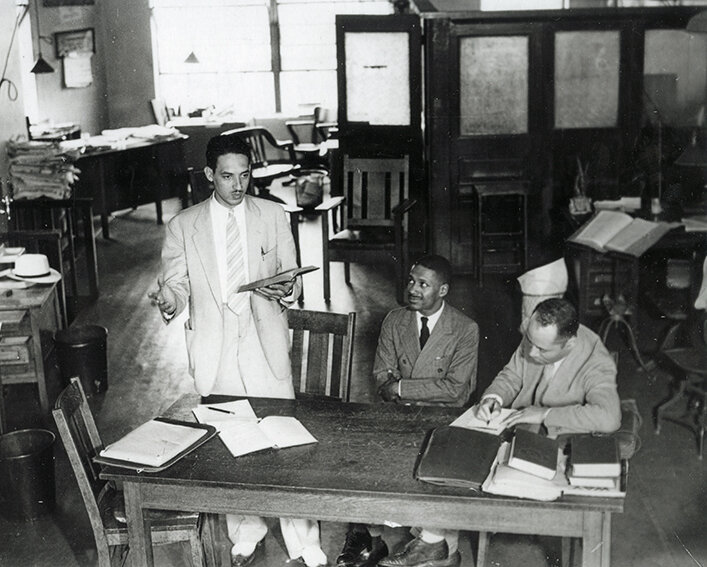
Desegregation Court Cases Before and After Brown v. Board of Education
Reading from the Brown Foundation or Educational Equity, Excellence, and Research with additions from Teaching for Change
Selected school desegregation court cases before and after Brown v. Board of Education 1849-1969.

Children's March History Dilemma
Lesson by Chris Seeger
In this lesson, students consider whether they would join fellow Black students in protest in 1963 Birmingham, Alabama, even if they are guaranteed to be arrested?
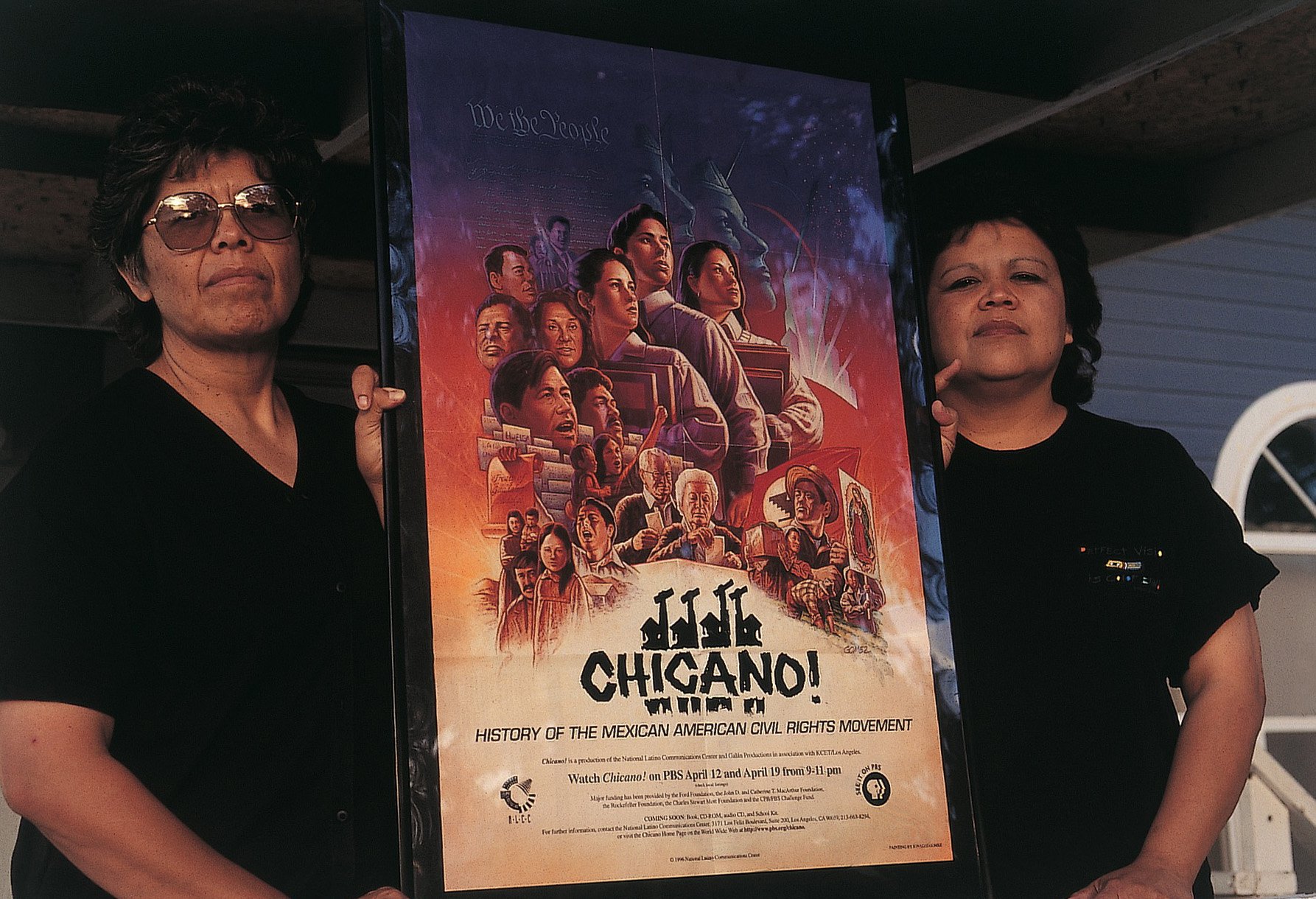
Sisters in Arms
Reading by David Hill
Two teachers, Nadine and Patsy Cordova, came under fire for teaching truthfully in New Mexico about Mexican-American history.

Teaching Segregation and Inequality in Housing and Education
Reading by Emilye Crosby
In recent years, there has been an outpouring of wonderful work documenting the structural basis of housing and educational segregation and inequality. This list of materials supplements the resources provided as part of Emilye Crosby’s “A Documents-Based Lesson on the Voting Rights Act: A Case Study of SNCC’s Work in Lowndes County and the Emergence of Black Power.”

Bravery in Little Rock History Dilemma
Lesson by Chris Seeger
In this lesson, students consider what they would do if they were a white student at at an all-white high school in Little Rock, Arkansas when it is ordered to desegregate and you see a Black student being harassed.
